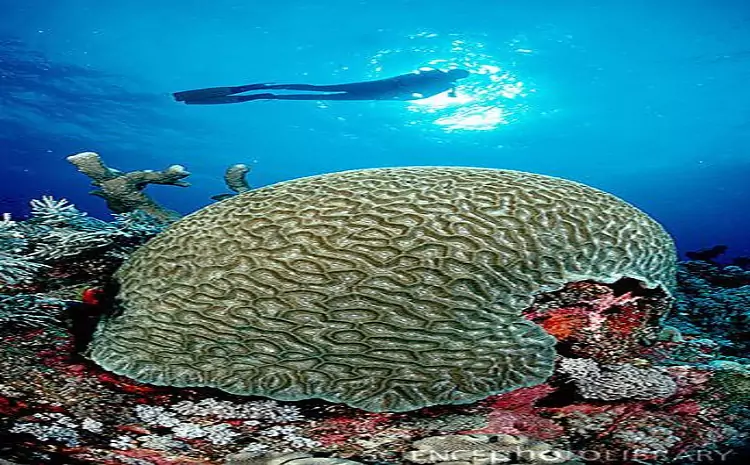Sea sponges in the ocean, often overlooked in the vast marine ecosystem, are among the most fascinating and ancient living organisms on Earth. Despite their simple appearance, these creatures boast a plethora of unique characteristics and have played significant roles both ecologically and historically. This article delves into the amazing facts about natural sea sponges, exploring their biology, ecological importance, historical and modern uses, and the challenges they face today.
What Are Sea Sponges?
Sea sponges belong to the phylum Porifera, which means “pore bearer.” They are simple, multicellular animals that have been around for more than 600 million years, making them some of the oldest living organisms. Unlike most animals, sea sponges do not have tissues, organs, or a nervous system. Instead, they have a porous body structure that allows water to circulate through them, enabling them to filter out food particles.
Types of Sea Sponges
There are over 8,000 known species of sponges in the sea, varying in shape, size, color, and habitat. They are generally classified into three classes based on their skeletal structure:
Calcarea: These sponges have calcium carbonate spicules.
Hexactinellida: Known as glass sponges, they have silica-based spicules.
Demospongiae: The largest class, containing 90% of all sponge species, with spongin fibers or silica spicules.
Unique Characteristics
Lack of Organs and Nervous System
Sea sponges lack traditional organs and a nervous system, yet they perform essential life functions through a simple cellular organization. Their bodies are made up of specialized cells that work together to carry out different functions.
Regeneration Abilities
One of the most remarkable traits of sea sponges is their ability to regenerate. They can regrow lost parts and even reform from dissociated cells, making them highly resilient to damage.
Filter Feeding Mechanism
Sponges feed by filtering water through their porous bodies. They extract small food particles like bacteria and plankton from the water, playing a crucial role in maintaining the health and clarity of marine ecosystems.
Ecological Role
Habitat Creation
Sea sponges provide habitat and shelter for various marine organisms, including shrimp, fish, and bacteria. Their complex structures offer protection and breeding grounds for these creatures.
Water Filtration
By filtering vast amounts of water, sponges help maintain water quality and clarity. This process also aids in nutrient cycling, supporting the overall health of marine ecosystems.
Historical Uses of Sea Sponges
Throughout history, sea sponges have been used for various purposes. Ancient Greeks and Romans used them for bathing and cleaning. They were also used in medicine for their absorbent properties, making them valuable for surgical procedures and wound care.
Modern Applications
Medicine
In modern medicine, sea sponges are studied for their potential in producing bioactive compounds. These compounds have shown promise in developing new antibiotics, antiviral agents, and cancer treatments.
Biotechnology
Sea sponges have unique biochemical properties that make them valuable in biotechnology. Researchers are exploring their potential in creating new materials, such as biodegradable polymers and innovative filtration systems.
Conservation and Threats
Despite their resilience, sea sponges face threats from human activities such as pollution, overfishing, and climate change. Conservation efforts are essential to protect these vital organisms and ensure the health of marine ecosystems.
Sea sponges, with their ancient lineage and incredible adaptability, are more than just simple marine organisms. They play crucial ecological roles, have fascinating biological characteristics, and offer potential benefits in medicine and biotechnology. Understanding and protecting these remarkable creatures is essential for the continued health of our oceans.

Mark Thompson, a seasoned pest controller, is renowned for his expertise in keeping homes and businesses free from unwanted intruders. With a passion for environmental sustainability and a deep understanding of pest behavior, Mark has become a trusted authority in the industry.
